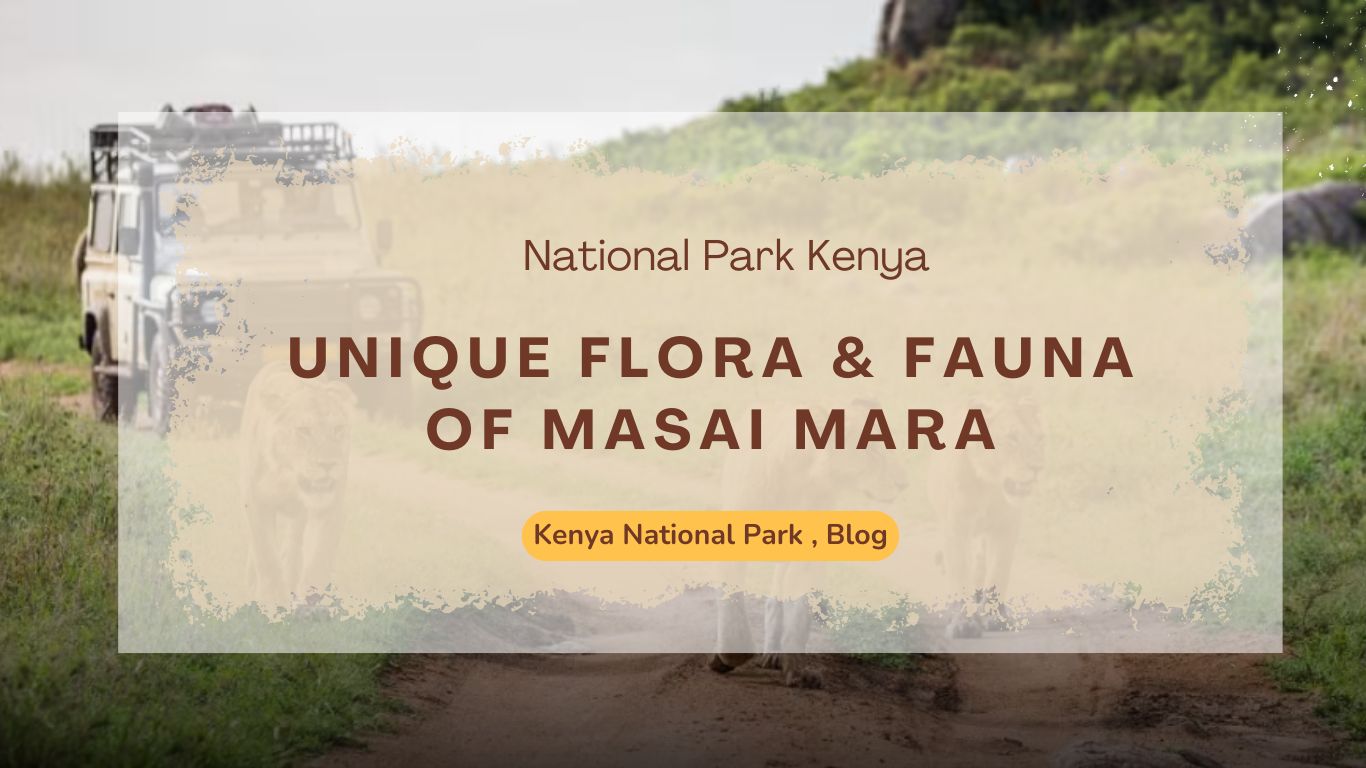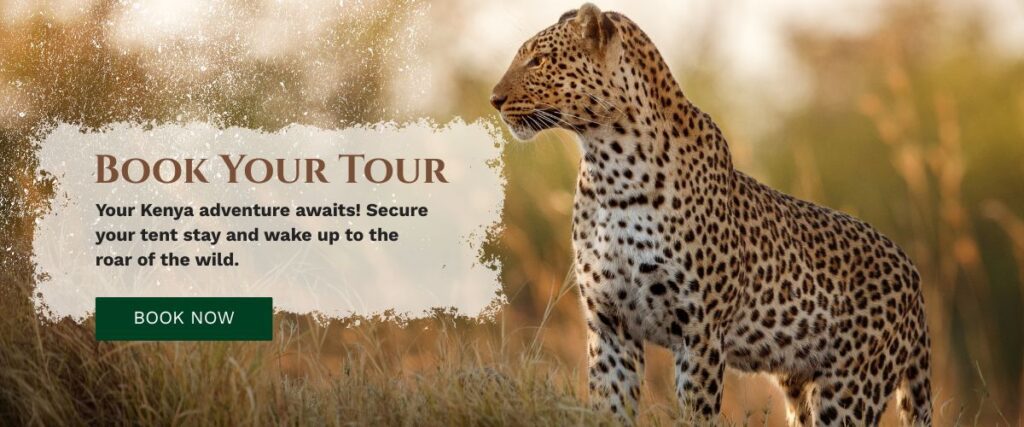Masai Mara National Park is one of Kenya’s most iconic safari destinations, offering an unforgettable experience for nature lovers and wildlife enthusiasts. Located in southwestern Kenya, the park is renowned for its dramatic landscapes, rich biodiversity, and the diverse ecosystems that make it a must-visit for anyone looking to witness Africa’s wildlife in its natural habitat. Known for its vast plains and the presence of the “Big Five” — lions, leopards, elephants, buffalo, and rhinos — Masai Mara is a prime location for game viewing year-round.
The park’s diverse plant life also contributes to its unique charm. Towering acacia trees, vibrant fever trees, and the lush vegetation along its rivers create a stunning backdrop for wildlife sightings. Marasiligicamp, located in the heart of the Masai Mara, provides the perfect base for visitors to explore the park’s beauty while enjoying an immersive and eco-friendly stay.
Whether you’re looking to witness the Great Migration, explore the park’s rich flora, or simply enjoy the breathtaking landscapes, Masai Mara National Park offers an experience like no other. The park’s well-preserved ecosystem ensures that visitors can enjoy a pristine, natural environment filled with vibrant plant life and diverse wildlife. Experience the magic of Masai Mara and discover why it’s considered one of Africa’s most treasured wildlife sanctuaries
TABLE OF CONTENT
- The Wildlife: Masai Mara’s Majestic Fauna
- The Flora: Masai Mara’s Unique Plant Life
- The Ecosystem: Masai Mara’s Interconnected Biodiversity
- Conclusion: A Must-Visit Destination for Nature Enthusiasts
The Wildlife: Masai Mara’s Majestic Fauna
Masai Mara is home to an impressive variety of wildlife, making it one of the most popular places for a photography safari Africa. The park’s ecosystem is teeming with both big and small animals that create a living masterpiece for photographers and nature enthusiasts alike.

The Big Five
The famous Big Five—lions, elephants, leopards, buffalo, and rhinos—can all be spotted within the park, each playing an integral role in the balance of this thriving ecosystem.
High Lion Density:
- The Masai Mara boasts one of the highest lion densities in the world. Prides are often seen hunting, lounging, and interacting across the expansive plains.
- Lions play a vital role in maintaining balance by regulating the herbivore population.
Elephants Roaming Freely:
- Elephants are a common sight in the park, roaming freely across the savannah, shaping the landscape by clearing vegetation.
- Their movements are essential in sustaining the park’s ecosystem, benefiting other species by preventing overgrowth.
Elusive Leopards:
- Leopards stealthily prowl through the trees and tall grasses, often hiding their kills in branches to protect them from scavengers.
- As solitary hunters, leopards help manage populations of smaller prey species.
This rich wildlife activity and natural behavior can be best explored from MarasiligiCamp, a perfect base to discover the wonders of the Masai Mara.
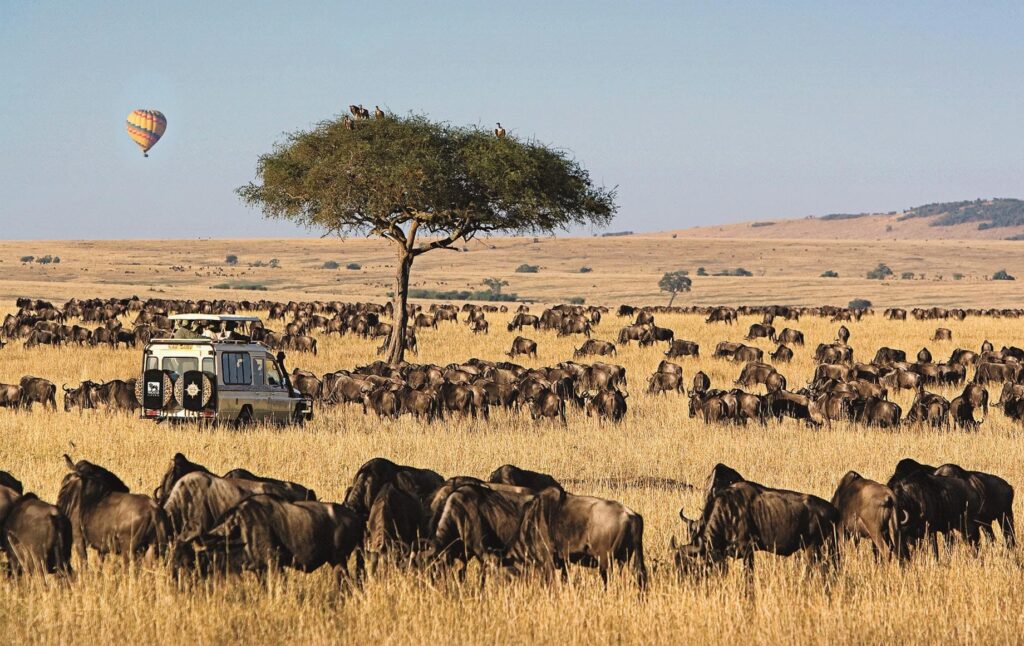
Wildebeest and the Great Migration
The Masai Mara National Reserve in Kenya is renowned for its incredible wildlife and is most famous for the Great Migration. Every year, millions of wildebeest, zebras, and gazelles cross the Mara River, creating one of the most thrilling natural spectacles on Earth.
Key Features of Masai Mara National Reserve:
- Rich Wildlife: Home to the Big Five and abundant predators like lions, leopards, and cheetahs.
- Great Migration: Between July and October, witness the dramatic river crossings of wildebeest and zebras.
- Savannah Landscapes: The reserve’s wide-open plains offer expansive views and a prime location for game viewing.
Whether you are visiting the Masai Mara National Park or the Masai Mara National Reserve, these destinations are ideal for wildlife enthusiasts. For a truly immersive experience, stay at MarasiligiCamp, a perfect base to explore the natural wonders of the Masai Mara region.
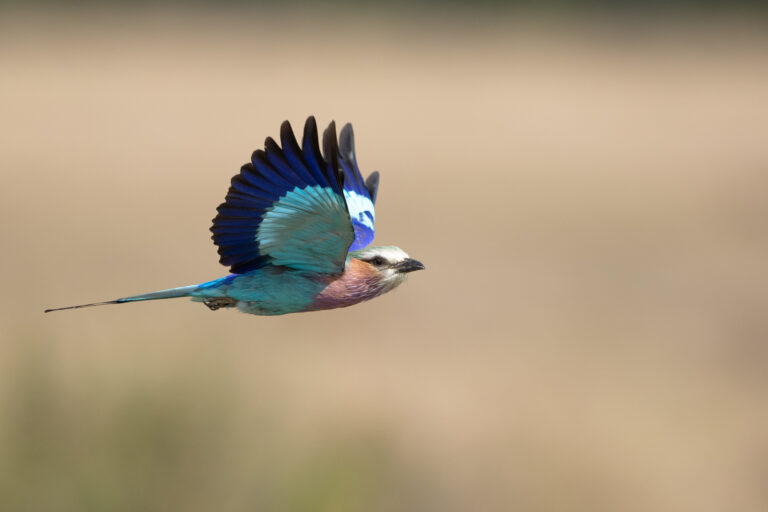
3. Rare Species
The Masai Mara National Reserve is not only home to the iconic Big Five, but also boasts rarer and more elusive species. The cheetah, known for its incredible speed, can often be seen sprinting across the open plains in pursuit of prey. Additionally, Masai Mara is one of the best places to spot the endangered African wild dog, a rare species with a small population, often found in the park’s more secluded areas.
Unique Wildlife in Masai Mara:
- Cheetahs: Known for their remarkable speed, they are frequently spotted chasing down prey in the reserve.
- African Wild Dog: One of the world’s most endangered species, found mainly in the park’s remote sections.
- Leopards and Hyenas: Often seen in the trees or scavenging on the plains, adding to the park’s diverse predator population.
Whether you visit the Masai Mara National Park, these rare sightings make the region an exceptional destination for wildlife enthusiasts. Stay at Marasiligicamp for a comfortable base while exploring the hidden gems of the Masai Mara.
4. Birdlife Paradise
For bird photographers, the Masai Mara is a dream come true. Over 500 species of birds inhabit the park, including migratory and resident species. From the majestic Secretary bird to the colorful Lilac-breasted roller, bird photography tours in the Masai Mara offer endless opportunities to capture rare and vibrant bird species in flight or perched gracefully on the trees.
The Flora: Masai Mara’s Unique Plant Life
The park’s varied landscapes, from savannah grasslands to riverine forests, are complemented by a fascinating array of flora that supports the diverse wildlife.
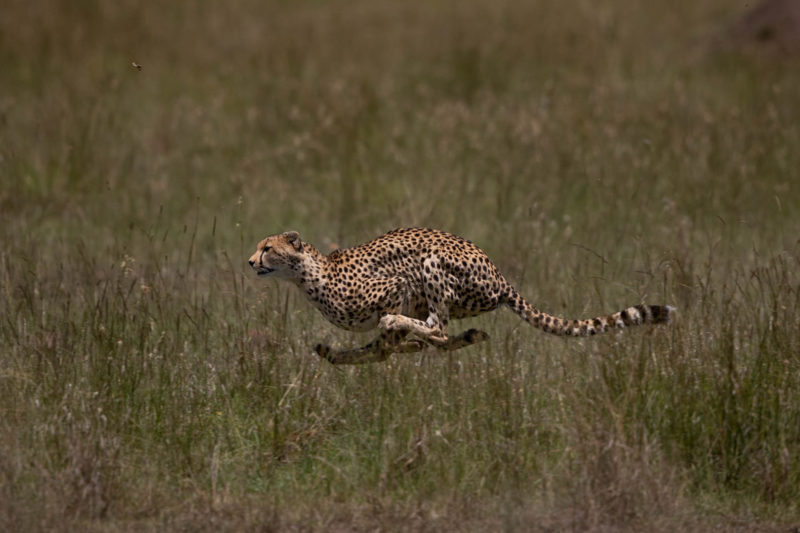
1. Acacia Trees
Acacia trees are one of the most iconic features of the Masai Mara National Reserve landscape. With their umbrella-shaped canopies, these trees provide crucial shade and shelter to both wildlife and plant life. The Maasai giraffe is often seen feeding on the acacia’s thorny leaves, while other herbivores, like antelope and zebra, graze on the savannah grasses beneath them. The unique shape of these trees adds to the rugged beauty of the park, making them a key element in the ecosystem of the Masai Mara National Park.
Key Highlights:
- Maasai Giraffes feeding on the acacia’s leaves.
- Antelopes and Zebras grazing beneath the acacia trees.
- Acacia Trees provide shade and shelter for wildlife.
Acacia trees are a vital part of Masai Mara’s ecosystem, offering more than just beauty—they sustain the biodiversity that thrives within the park. For a closer look at this magnificent environment, consider staying at MarasiligiCamp, where you can explore the park’s incredible flora and fauna firsthand.
2. Fever Trees
The Fever tree, with its distinctive yellow-green bark, is a standout in Masai Mara National Park. Often found along riverbanks, it thrives in the park’s moist areas. The tree’s unique look adds beauty to the landscape, especially at sunset.
Key Highlights:
- Bright yellow-green Fever Trees along riverbanks.
- Surreal sunset views enhance the landscape’s beauty.
The Masai Mara National Reserve is home to these stunning trees, contributing to the park’s natural charm. Consider staying at MarasiligiCamp to experience these iconic sights firsthand.
3. Riverine Vegetation
Along the Mara River, the dense riverine vegetation creates a lush environment. Trees like the jackalberry and fig tree line the riverbanks, offering shelter to hippos and crocodiles. The vibrant plants also provide a habitat for a wide variety of bird species.
Key Highlights:
- Mara River lined with jackalberry and fig trees.
- Popular habitat for hippos, crocodiles, and various bird species.
This rich riverine ecosystem is a must-see in the Masai Mara National Reserve. For an immersive experience, book your stay at MarasiligiCamp and explore the incredible biodiversity.
4. Wild Herbs and Medicinal Plants
The Masai Mara National Reserve is home to a variety of wild herbs and medicinal plants, some of which have been used for centuries by the local Maasai communities for traditional healing. One of the most well-known plants is Aloe Vera, which thrives in the Mara’s dry plains and is celebrated for its healing properties.
Key Highlights:
- Aloe Vera found in the Mara’s dry plains.
- Used by the Maasai for traditional healing practices.
Experience the unique blend of nature and culture at MarasiligiCamp, where you can learn more about the park’s flora while exploring its stunning landscapes.
The Ecosystem: Masai Mara’s Interconnected Biodiversity
The incredible variety of wildlife and flora in Masai Mara National Reserve exists due to the delicate balance of its ecosystem. The Great Migration is one of the most visible signs of this interconnectedness, where herbivores graze on the grasses, providing sustenance for the carnivores that hunt them. The park’s river systems, particularly the Mara River, serve as a crucial source of water and food for many species, while the trees offer shelter and nourishment.
During the rainy season, the landscape transforms into a vibrant green paradise, leading to an explosion of plant life, including seasonal wildflowers that attract insects and small mammals. These seasonal cycles of drought and rain are essential to the survival of both the park’s flora and fauna, making Masai Mara National Park a dynamic and ever-changing destination for nature lovers.
To fully experience this natural wonder, consider staying at MarasiligiCamp, offering an exceptional base to explore the richness of Masai Mara National Reserve and witness the magnificent balance of its ecosystem.
Conclusion: A Must-Visit Destination for Nature Enthusiasts
Masai Mara National Park is a living testament to the natural beauty and biodiversity of Africa. Whether you’re on a wildlife photo safari, capturing the drama of the Great Migration, or simply enjoying the stunning landscapes, the park offers a wealth of photographic opportunities. The unique flora, from acacia trees to fever trees, and the fascinating wildlife, from the Big Five to rare species, make Masai Mara a top destination for nature and wildlife photographers.
If you’re looking to experience this magical place firsthand, MarasiligiCamp provides an eco-friendly and luxurious base from which to explore the park’s untamed beauty. With its strategic location in the heart of the Masai Mara, it allows guests to fully immerse themselves in the environment while supporting sustainable tourism. Whether you’re a seasoned photographer or an enthusiast, the Masai Mara is sure to leave you with unforgettable memories and stunning images.

